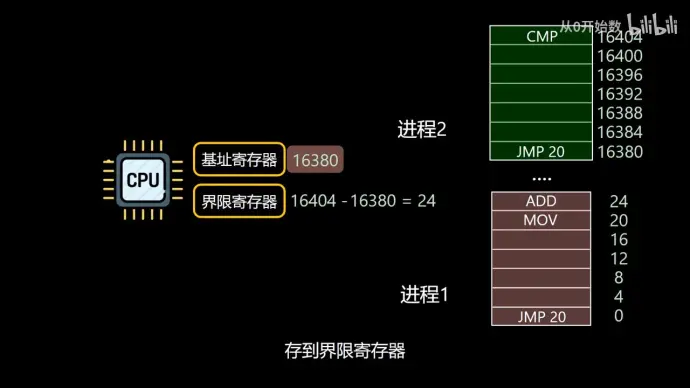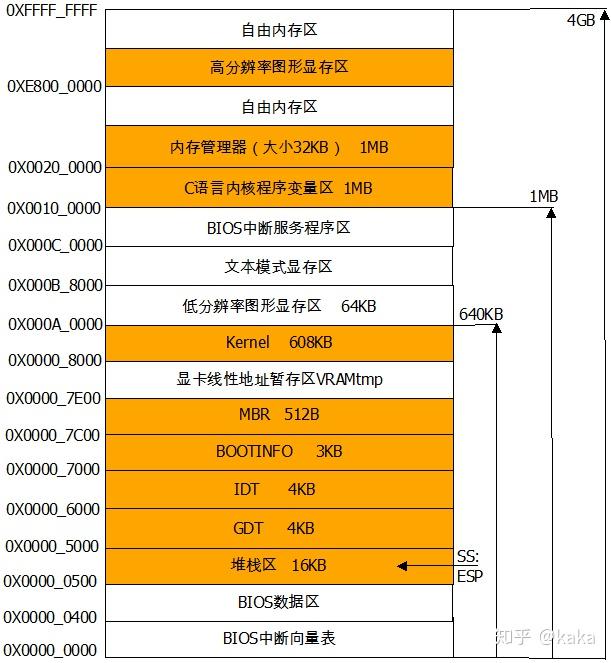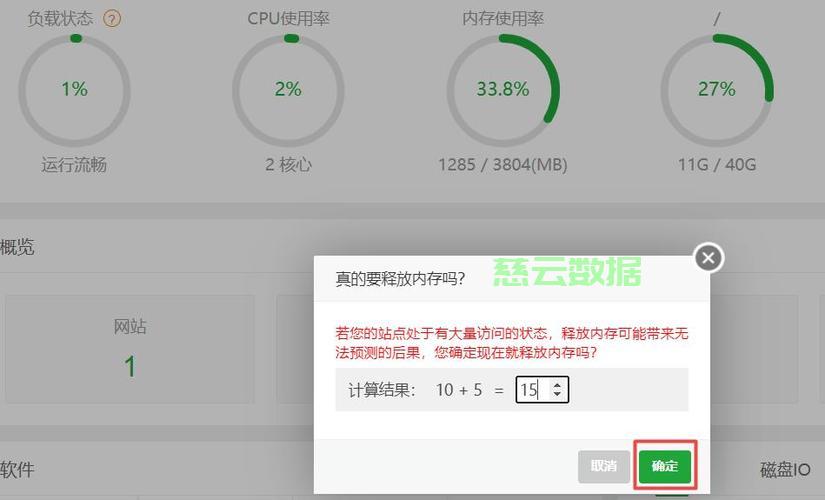上一篇
在服务器运维中,内存管理是保障系统稳定性和性能的核心环节,无论是应对突发流量、处理高负载任务,还是避免因内存泄漏导致的宕机,合理的内存清理策略都不可或缺,以下将从原理、操作步骤、优化建议和常见问题四个维度,系统化解析服务器内存清理的关键方法。

<section>
<h3><strong>一、为什么需要主动清理服务器内存?</strong></h3>
<ul>
<li><strong>内存泄漏风险</strong>:部分应用程序可能存在未释放内存的缺陷</li>
<li><strong>缓存累积效应</strong>:Linux系统默认缓存机制可能导致可用内存持续减少</li>
<li><strong>突发负载处理</strong>:为关键业务预留内存缓冲空间</li>
<li><strong>虚拟化环境优化</strong>:云服务器宿主机的资源利用率管理</li>
</ul>
</section>
<section>
<h3><strong>二、手动内存清理操作指南(Linux系统)</strong></h3>
<p><strong>步骤1:实时内存监控</strong></p>
<pre><code>free -htop -o %MEM
<p><strong>步骤2:清理PageCache/目录项</strong></p>
<pre><code>sync; echo 1 > /proc/sys/vm/drop_caches # 清理pagecachesync; echo 2 > /proc/sys/vm/drop_caches # 清理目录项和inode
sync; echo 3 > /proc/sys/vm/drop_caches # 全部清理
<p><strong>注意事项:</strong></p>
<ul>
<li>建议在业务低峰期执行</li>
<li>清理前务必使用sync命令同步数据</li>
<li>避免对正在执行I/O操作的服务造成影响</li>
</ul>
</section>
<section>
<h3><strong>三、自动化内存管理方案</strong></h3>
<table>
<tr>
<th>方案类型</th>
<th>实现方式</th>
<th>适用场景</th>
</tr>
<tr>
<td>定时脚本</td>
<td>crontab定时执行清理命令</td>
<td>常规Web服务器</td>
</tr>
<tr>
<td>内存阈值监控</td>
<td>Zabbix/Prometheus报警触发</td>
<td>关键业务系统</td>
</tr>
<tr>
<td>容器化方案</td>
<td>Docker内存限制+cgroups</td>
<td>微服务架构</td>
</tr>
</table>
</section>
<section>
<h3><strong>四、进阶优化策略</strong></h3>
<ol>
<li><strong>Swap空间调整</strong>
<pre><code>swappiness=10 # 建议值范围10-60</code></pre>
</li>
<li><strong>透明大页配置</strong>
<pre><code>echo never > /sys/kernel/mm/transparent_hugepage/enabled</code></pre>
</li>
<li><strong>OOM-Killer调优</strong>:调整进程oom_score_adj值</li>
</ol>
</section>
<section>
<h3><strong>五、高频问题解答</strong></h3>
<dl>
<dt>Q:清理缓存会导致数据丢失吗?</dt>
<dd>A:正确操作下不会,但必须提前执行sync命令确保数据落盘</dd>
<dt>Q:内存使用率多少需要干预?</dt>
<dd>A:建议设置双重阈值:持续80%以上需关注,90%立即处理</dd>
<dt>Q:如何检测内存泄漏?</dt>
<dd>A:推荐工具组合:Valgrind + sysstat + Grafana可视化监控</dd>
</dl>
</section>
<section>
<h3><strong>专家建议</strong></h3>
<blockquote>
<p>对于生产环境,建议采用分层治理策略:<br>
1. 基础层:内核参数调优<br>
2. 中间层:应用程序内存池管理<br>
3. 监控层:实时监控+预测性维护<br>
4. 应急层:故障转移机制+自动扩容预案</p>
</blockquote>
</section>
<footer>
<h4>参考文献:</h4>
<ul>
<li>Linux Kernel Documentation: Memory Management</li>
<li>Red Hat Enterprise Linux 内存优化白皮书</li>
<li>AWS EC2 最佳实践指南-内存管理章节</li>
<li>Prometheus 官方监控指标说明文档</li>
</ul>
</footer>













